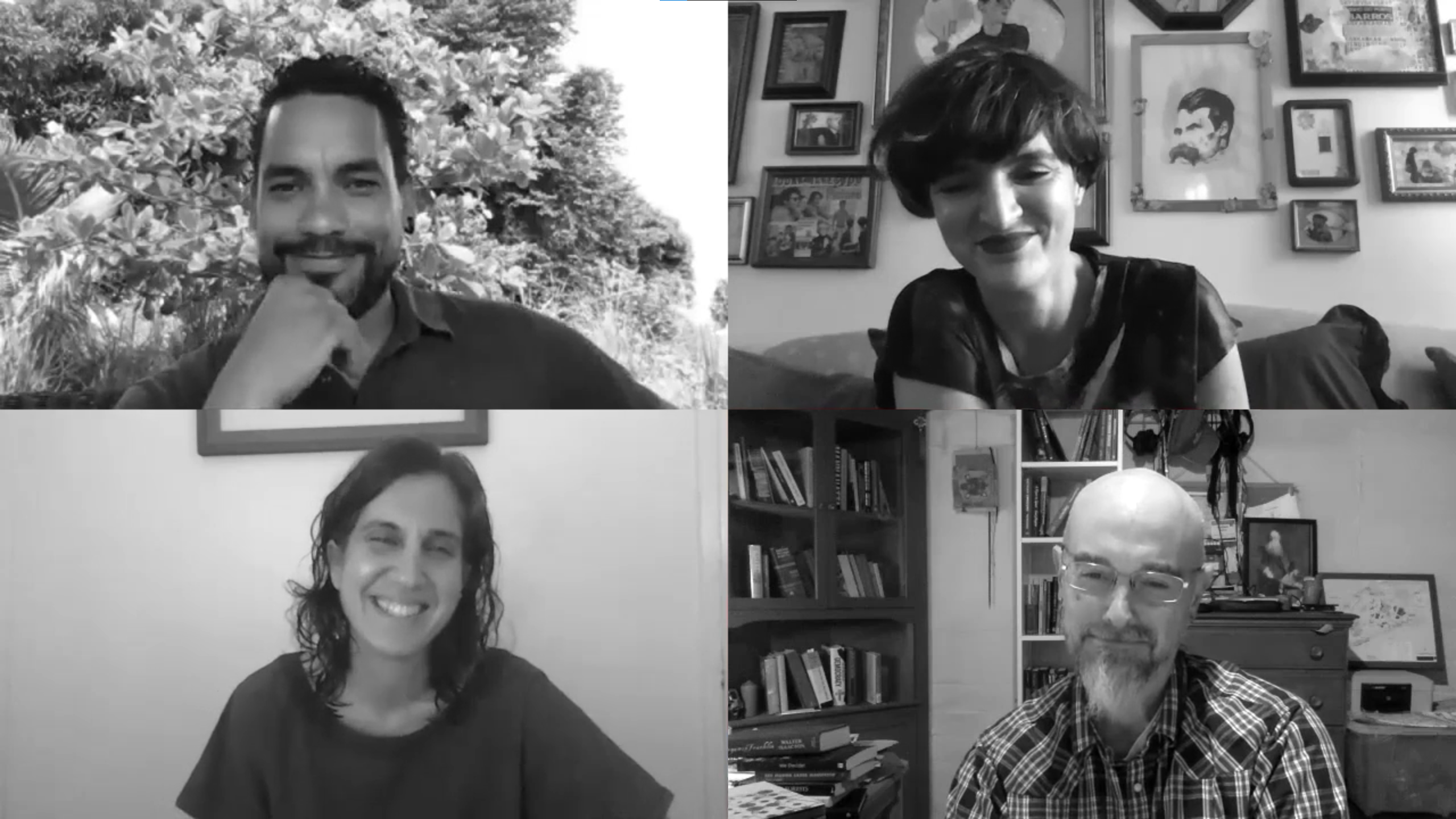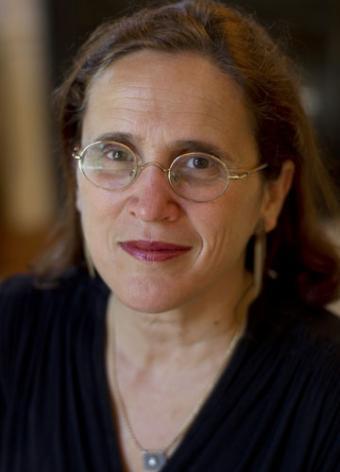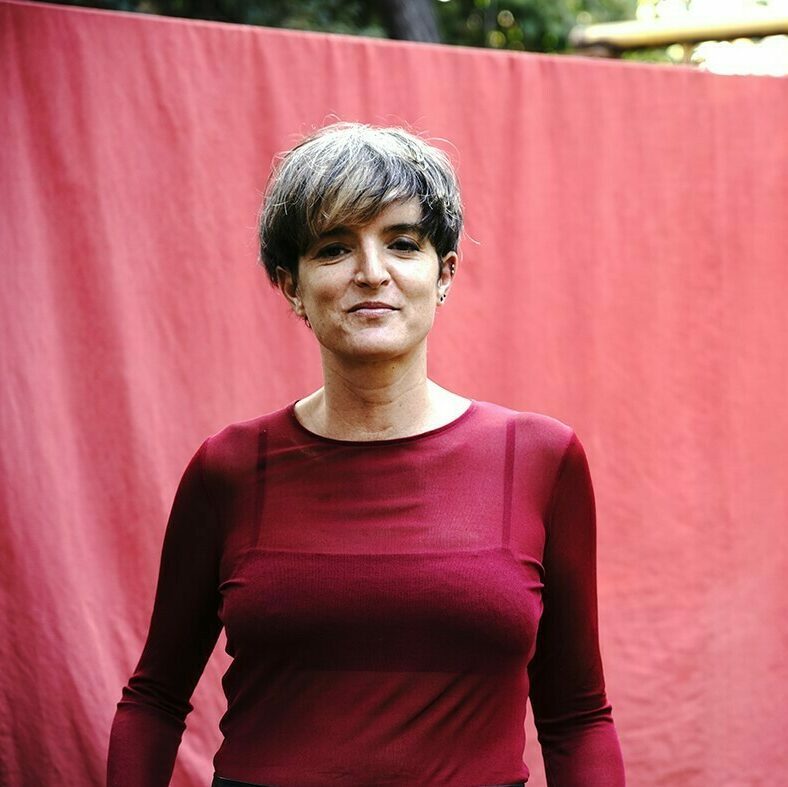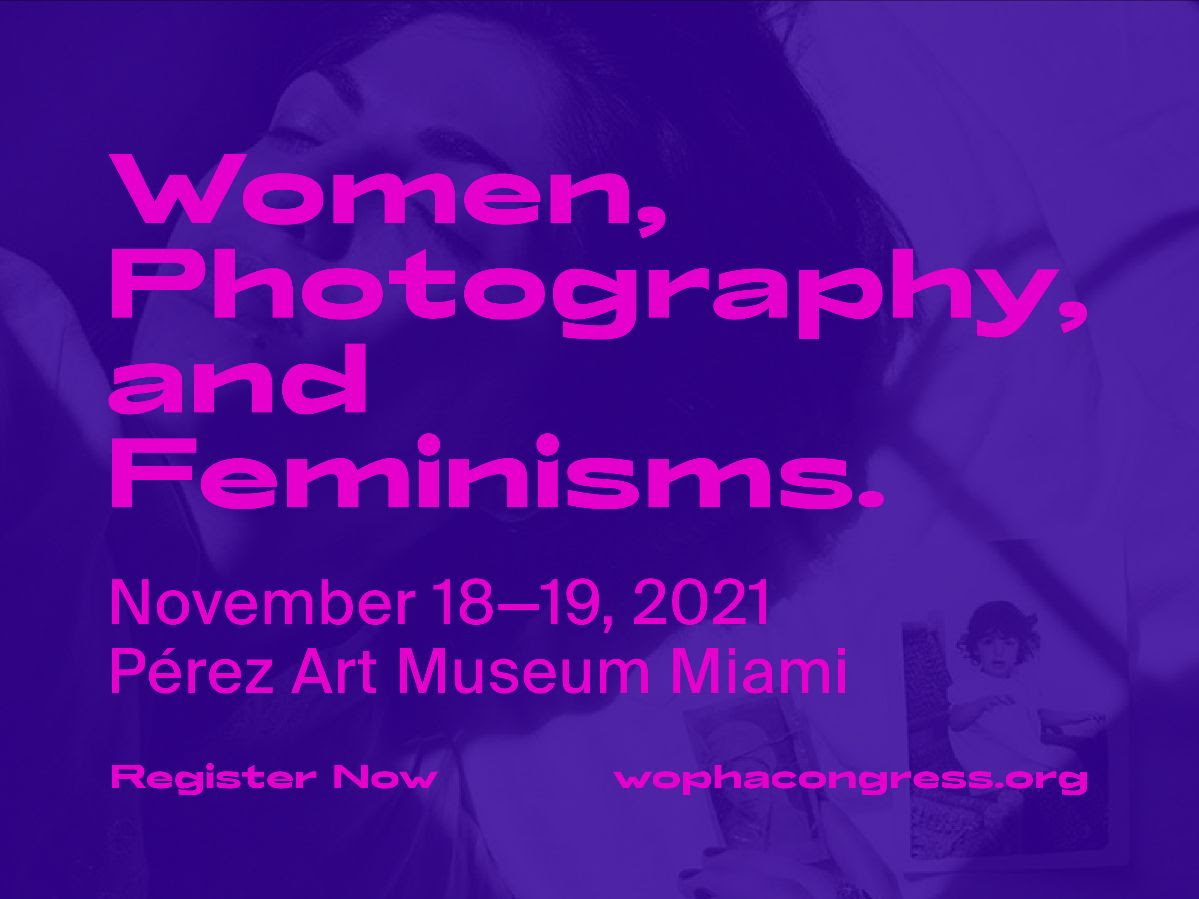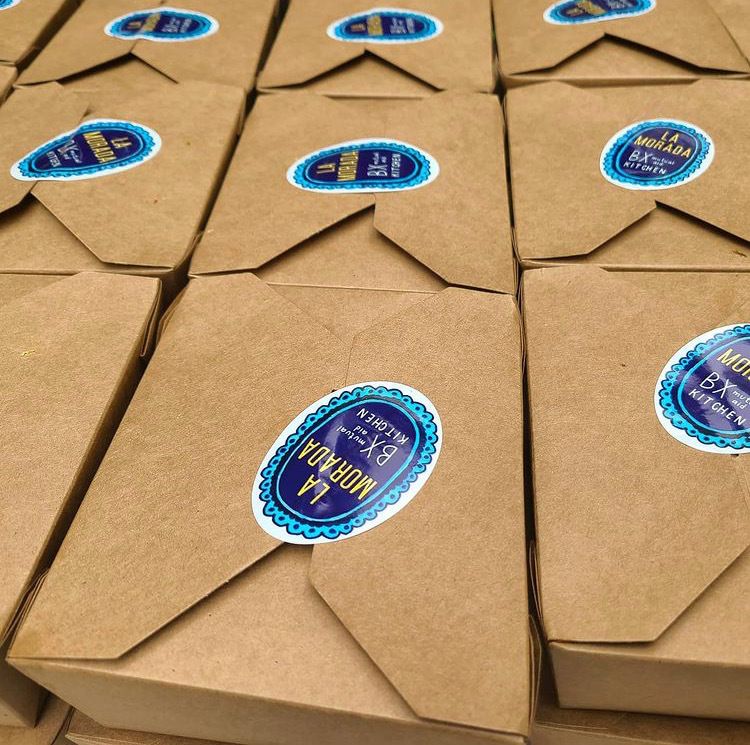Situated Cameras: A Conversation with Photographers Zahara Gómez and Cinthya Santos-Briones
Tue, Nov 2, 2021
4:00 PM–5:30 PM
This event will take place online via Zoom. Please register below. This conversation will be conducted in Spanish with English and ASL interpretation.
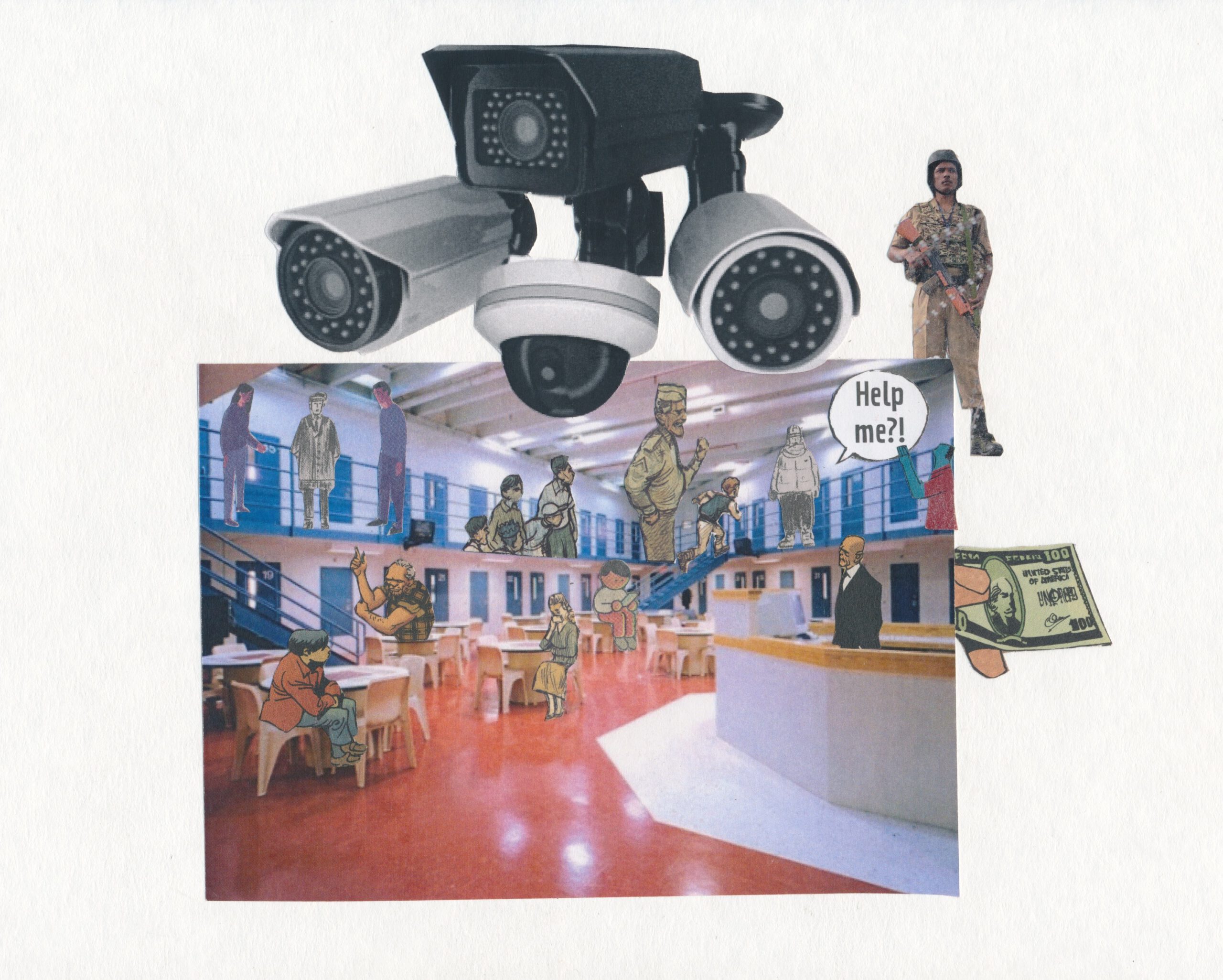
Historically, traditionally, photography has been understood as a practice in which a (male) Photographer or Author produces images about “others”—subjects-objects deprived of agency. This traditional mode of photography tends to reproduce extractive practices and paternalistic and neo-colonial power dynamics. The Photographer stands as the subject who (supposedly) knows and allegedly produces “new knowledge” via his photographic practice; photographed subjects, for their part, are relegated to the condition of “objects of study.” Nothing is further from this neocolonial dynamic than the feminist practices of photographers Zahara Gómez and Cinthya Santos-Briones. Their situated cameras and activist practices are nurtured from multiple encounters, conversations, exchanges and agreements based on mutual trust and complicity.
Free and open to all, but please click here to Register for this event and access to the Zoom link. This conversation will be conducted in Spanish with English and ASL interpretation.


Speaker Bios:
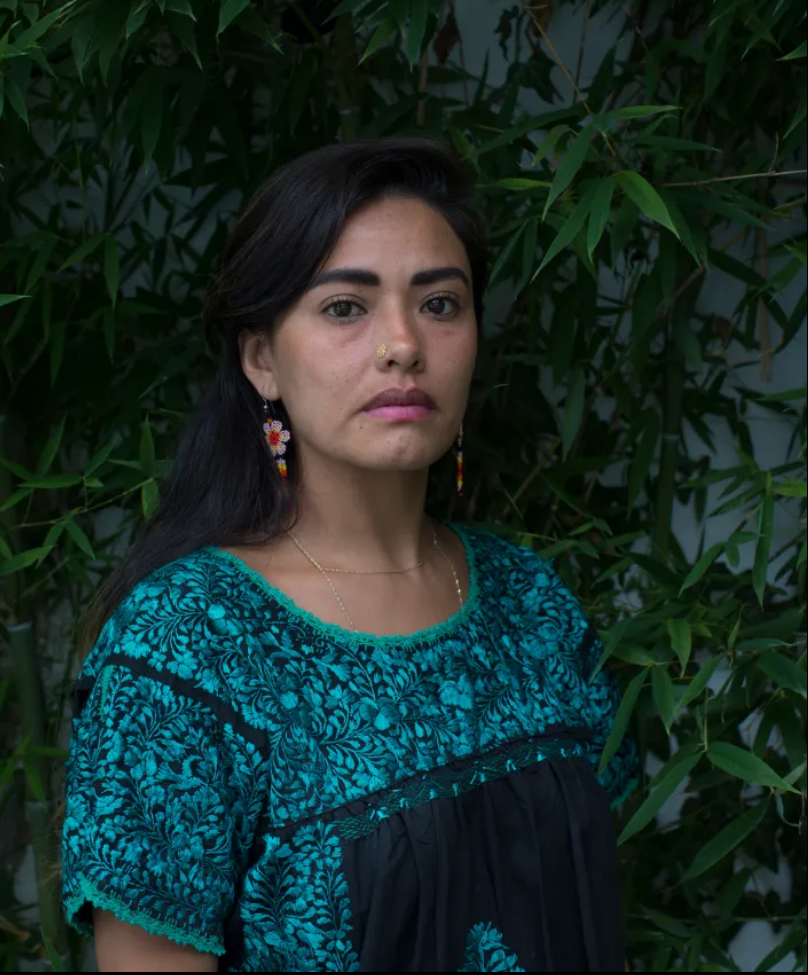
Cinthya Santos Briones is a Mexican participatory artist, anthropologist, ethnohistorian and community organizer based in New York. Her multimedia work uses collaborative and community narratives of self-representation to tell stories about homeland, immigration, memory, and (indigenous) identity through an interdisciplinary process that uses photography,
ethnography, history, textiles, herbalism and audiovisual and written narratives.
For ten years Cinthya worked as a researcher at the National Institute of Anthropology and History focused on issues on indigenous migration, codex, textiles and traditional medicine. She is the recipientof fellowships and grants from the Magnum Foundation (2016/2018/2020), En Foco (2017), National Geographic Research and Exploration (2018), We Woman (2019) and the National Fund for Culture and the Arts of México (2009/2011). Her work has been published in The New York Times, Pdn, La Jornada, California Sunday Magazine, Vogue, Open Society Foundations, Buzzfeed, The Intercept and The Nation Magazine, New Yorker, among others.
Cinthya is co-author of the book “The Indigenous Worldview and its Representations in Textiles of the Nahua community of Santa Ana Tzacuala, Hidalgo”. And the documentary, The Huichapan Codex. Cinthya has worked in pro-immigrant organizations in New York as a community organizer and is currently Adjunct Faculty at the Craig Newmark Graduate School of Journalism at CUNY.
Cinthya is part of “Colectiva infancia” (childhood collective) made up of a group of anthropologists who works through ethnographic and visual research on studies around childhood in relation to migration, violence, urban studies and epistemologies of the Global South (https://infanciasenmovimiento.org/colectiva-infancias/)
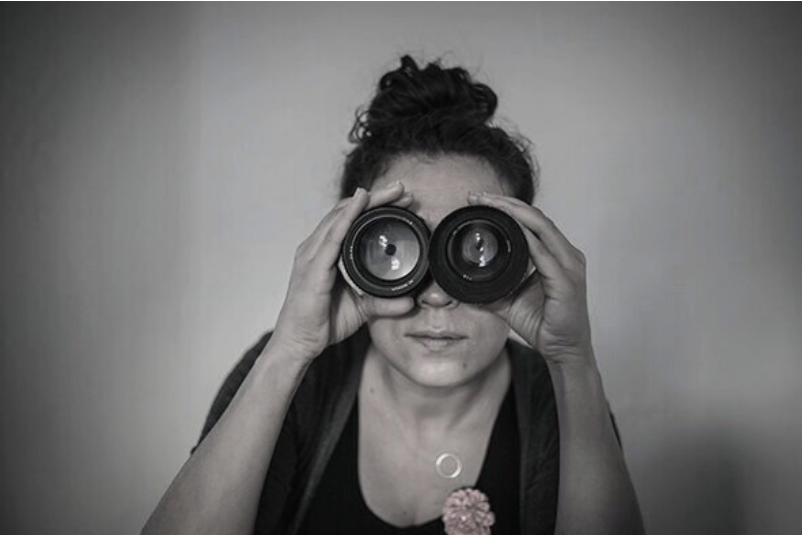
Zahara Gómez Lucini is a Spanish-Argentinian photographer, raised in France and actually established in Mexico City. She got her Master’s degree in Art History from the Paris Sorbonne University and from the Prado´s Museum School in Madrid. Professionally she has developed her work at the Paris Magnum Agency as a Production Manager / Exhibitions and editorial.
Her work has been exhibited all around the world: Images Singulières, Sète, France, Tesoros (CCK, Buenos Aires, 2018); Natura (CASA Gallery, NY, 2018) and La Playa (XVII Photography Biennial of Centro de la Imagen, Mexico City, 2017; Kaunas Photo Festival, Lithuania, 2016). Her artistic technique has been recognized with the Photography Grant AHRC from the Memory Museum (Paraguay, 2017) and as a finalist in renamed international contests like : Voices Off (Arles, France, 2017); Felix Schoeller Photo Award (Germany, 2017); the XVII Photography Biennial of Centro de la Imagen, (Mexico City, 2016) Descubrimiento Award PhotoEspaña (2016) y Nexofoto (Spain, 2015).
Zahara Gómez´s work aims to explore violence from the perspective and particularly, from the memory of the territories that have suffered it. She uses tools as archive research and establishing close relations with organizations that work on human rights, specifically on topics related with enforced disappearance and reconstruction of history and collective memories.
Working on these topics is a statement in front of the chaotic reality we are living in, they´re at the same time an effort to establish relations between it and contemporary art.
She works as a teacher in different art centers as: Escuela Activa, Centro ADM, Gimnasio del Arte, Centro de la Imagen. She’s an activist in Foto Feminas and Women Photograph. Visit her website here to learn more.
This event is sponsored by the Archives in Common: Migrant Practices/Knowledges/Memory project as part of the Seminar on Public Engagement and Collaborative Research from the Center for the Humanities at the Graduate Center CUNY.
Participants
Related Events
Book Launch
POSTPONED: Book Launch: New Narratives on the Peopling of America
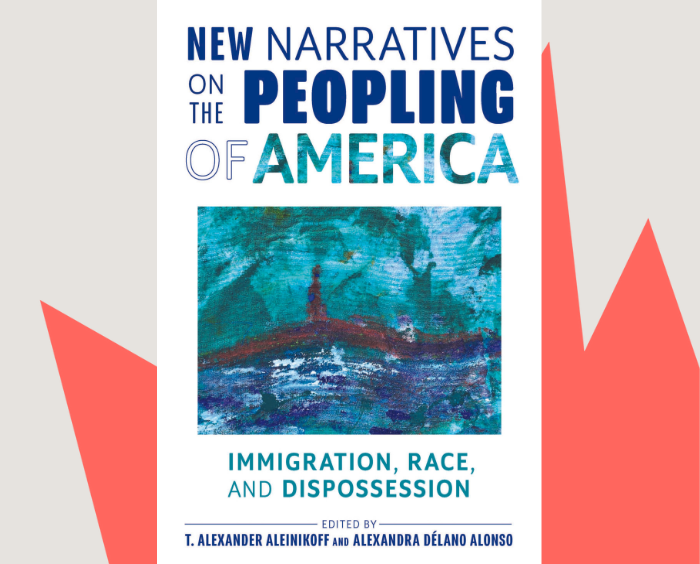
Conversation
Undisciplined Scholarship: A Conversation with Jorge Díaz and Ángeles Donoso Macaya on Art, Activism, Science, and Writing as a Situated Practice

Conversation & Screening
(Re) Exist in the Present, Imagine the Future: Indigenous Cinemas in Brazil and North America in Times of Extreme Violence
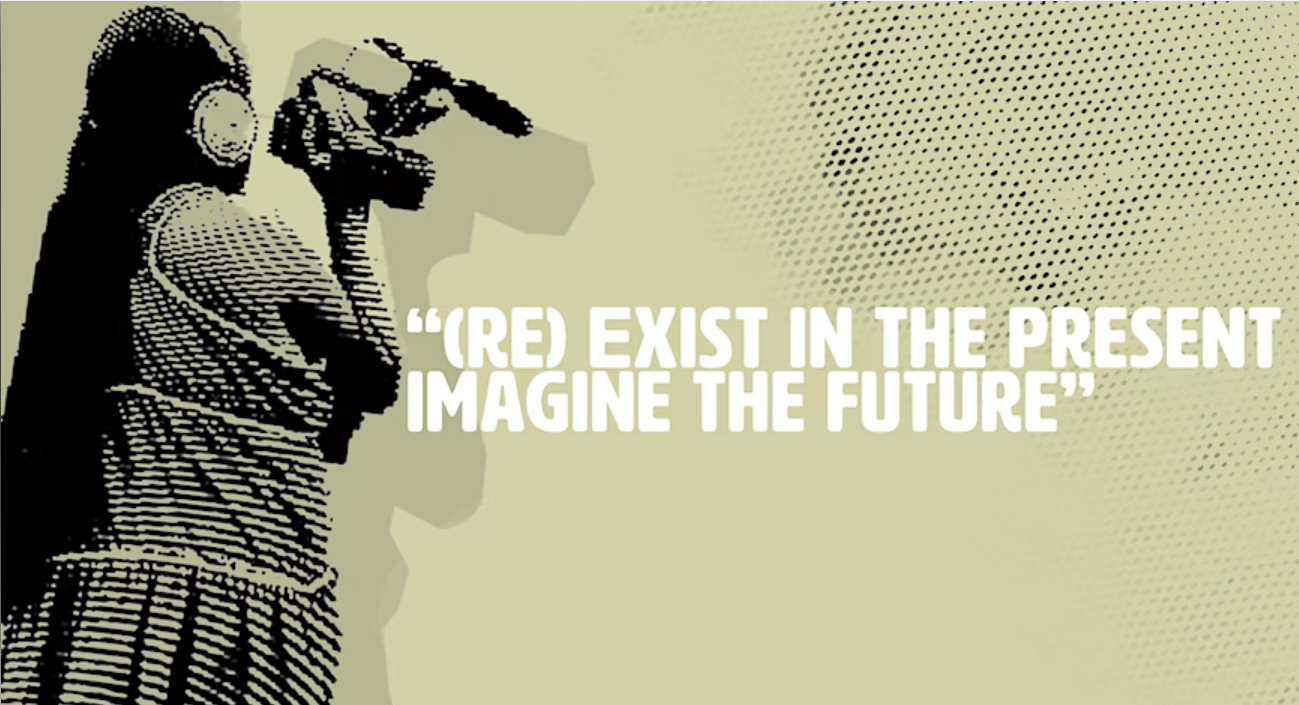
Book Launch & Conversation
Set Fear on Fire! Book Launch + Conversation with Colectivo LASTESIS (Chile)
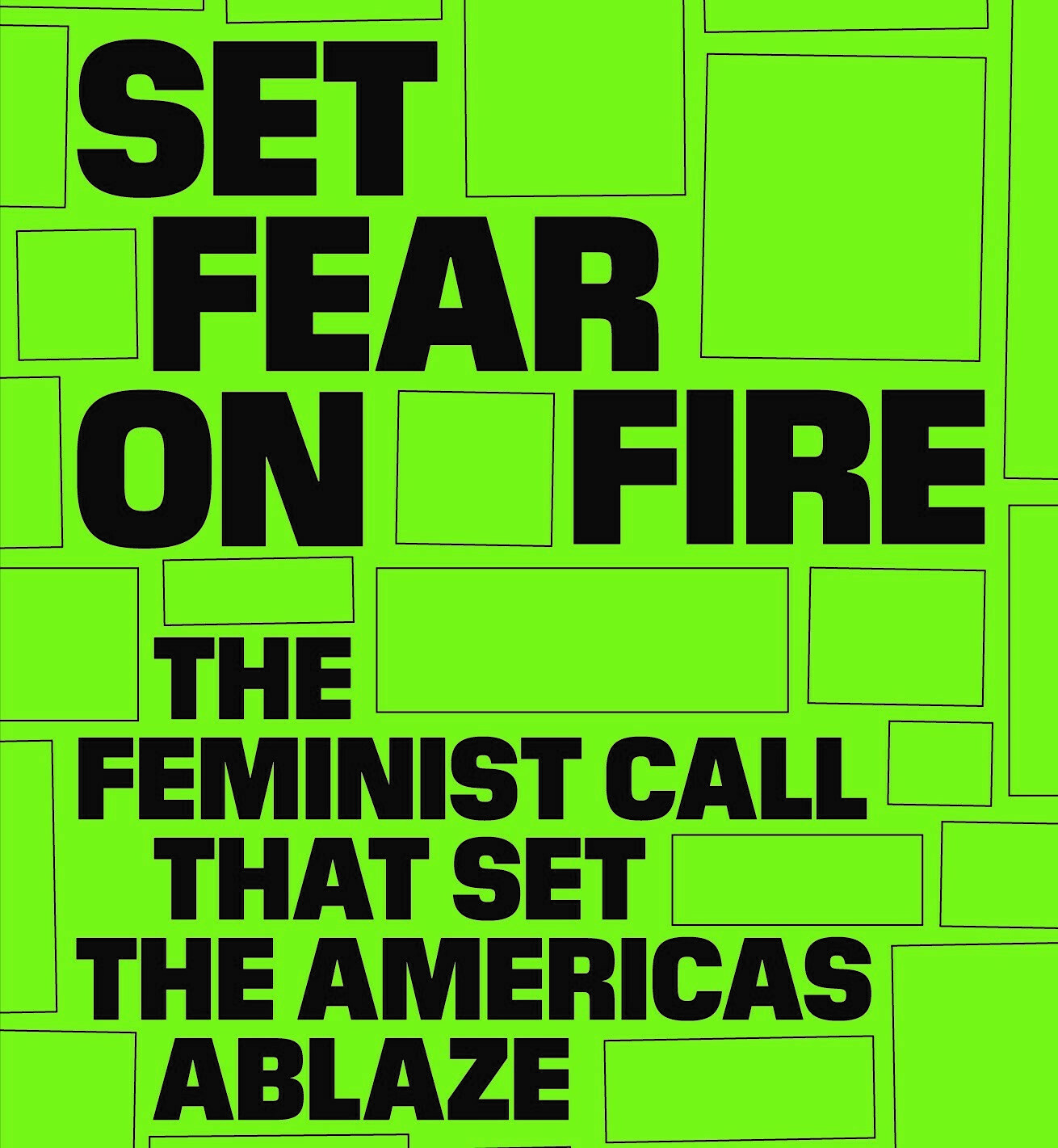
Conversation
no + porque somos + Expanding Feminist Ways of Thinking-Feeling-Doing
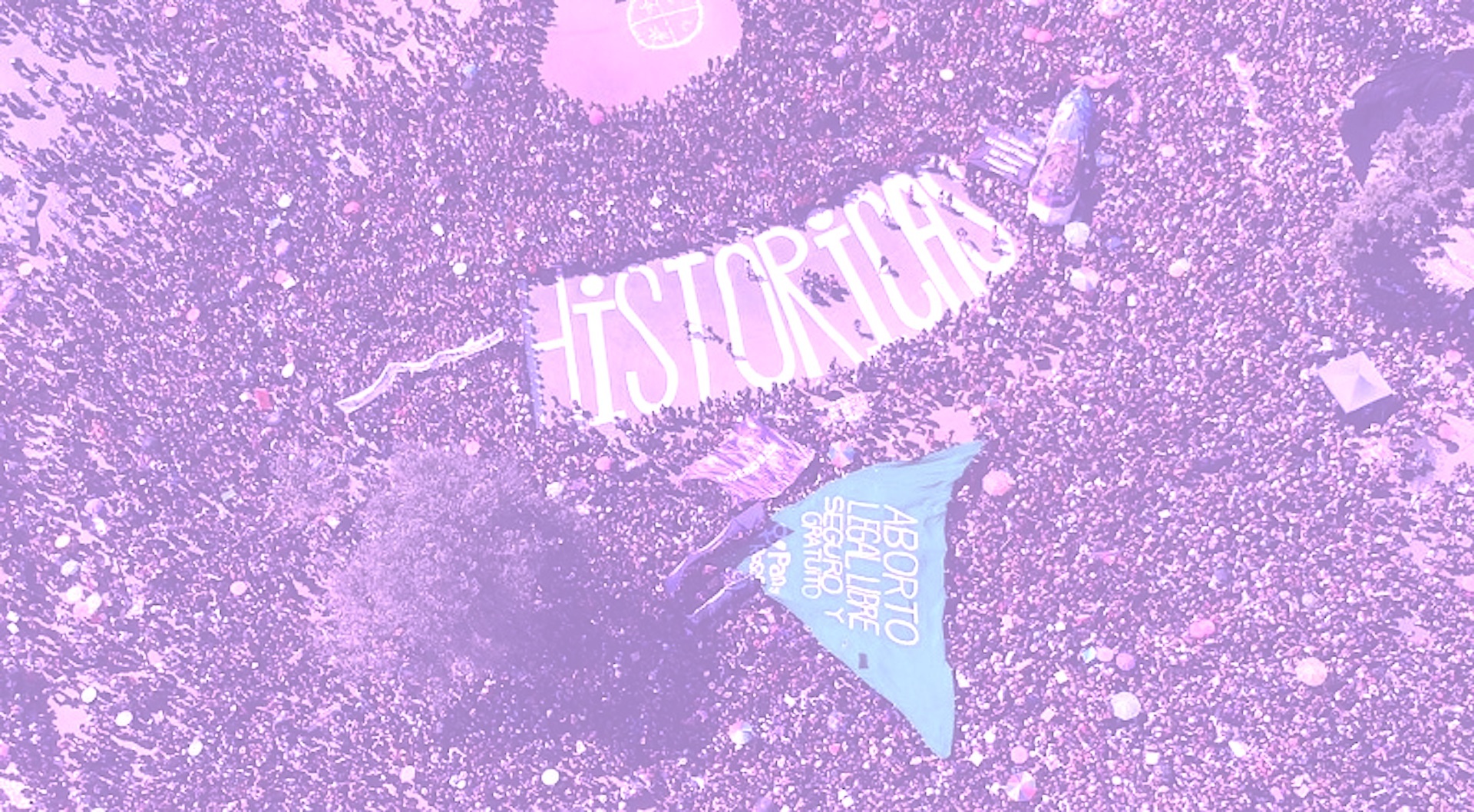
Lecture
Documentary Reverberations: “Exploring the Photographic Field in Chile under Dictatorship” a lecture by Ángeles Donoso Macaya

Conversation & Screening
Fighting Back Racism and Food Injustice Thru Green Spaces
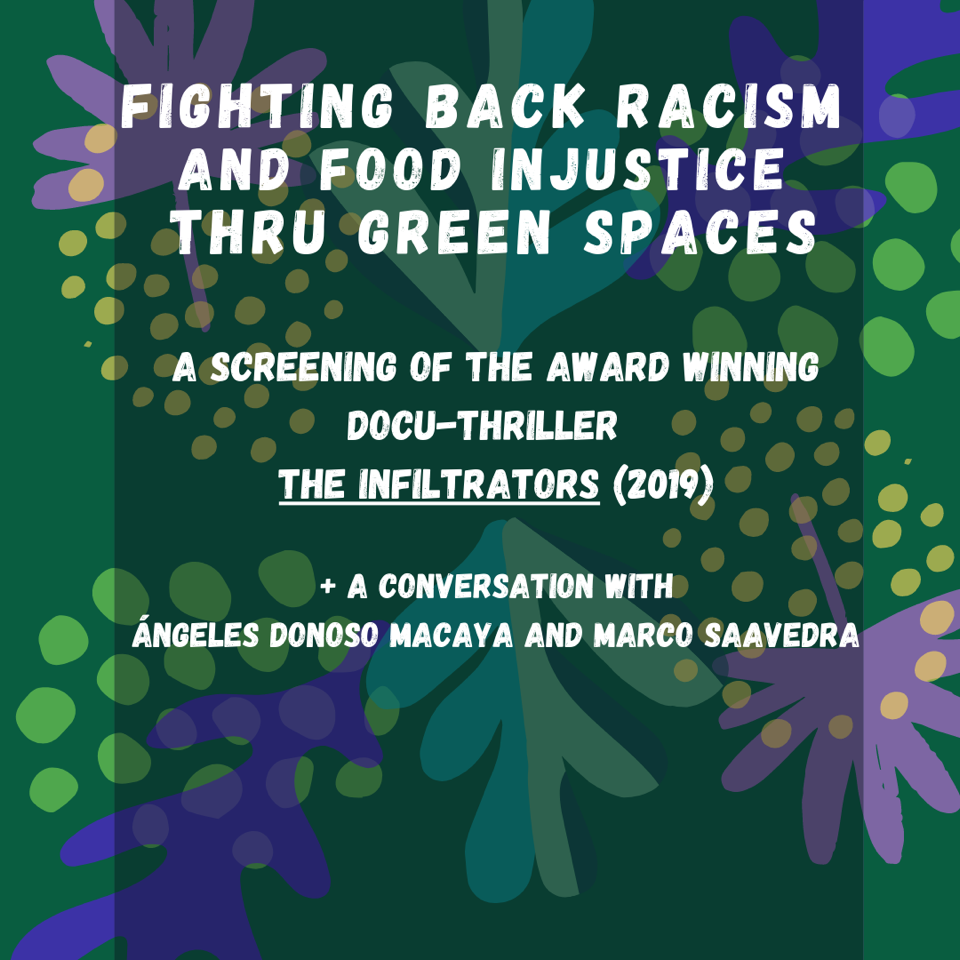
Conversation
Socializing Toxic Clouds: A Conversation with Samaneh Moafi, Imani Jacqueline Brown, Robert Trafford & Anna Feigenbaum
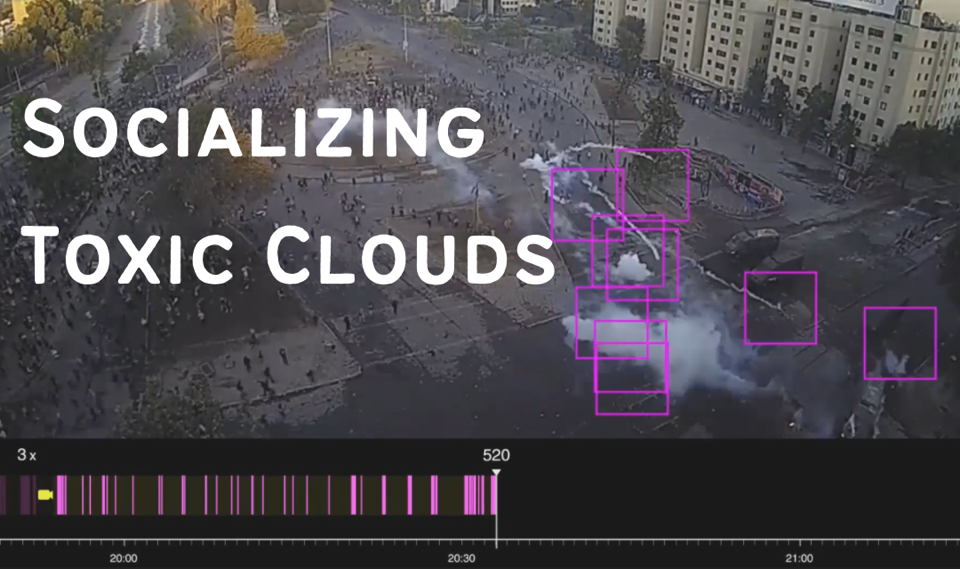
Conversation
The Undocumented-Led Struggle for Freedom: A Conversation with the Authors of Eclipse of Dreams
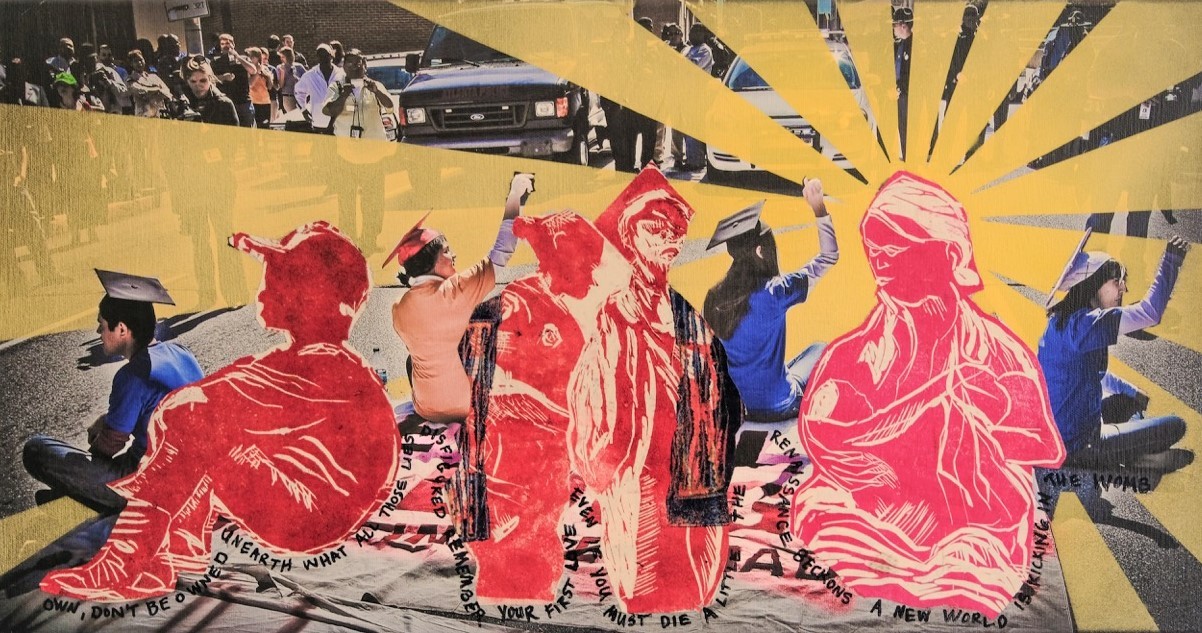
Conversation
Food Justice, Activism, and the Public University: A Conversation
